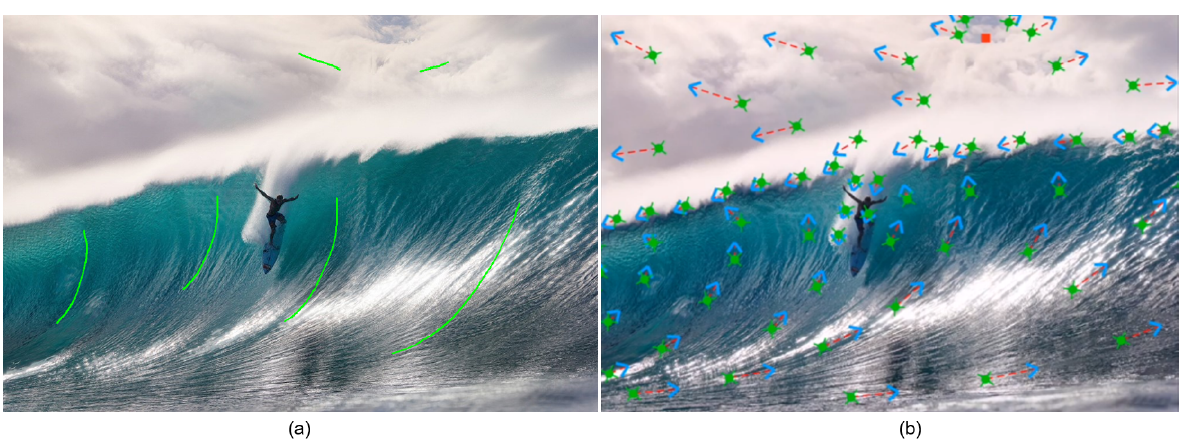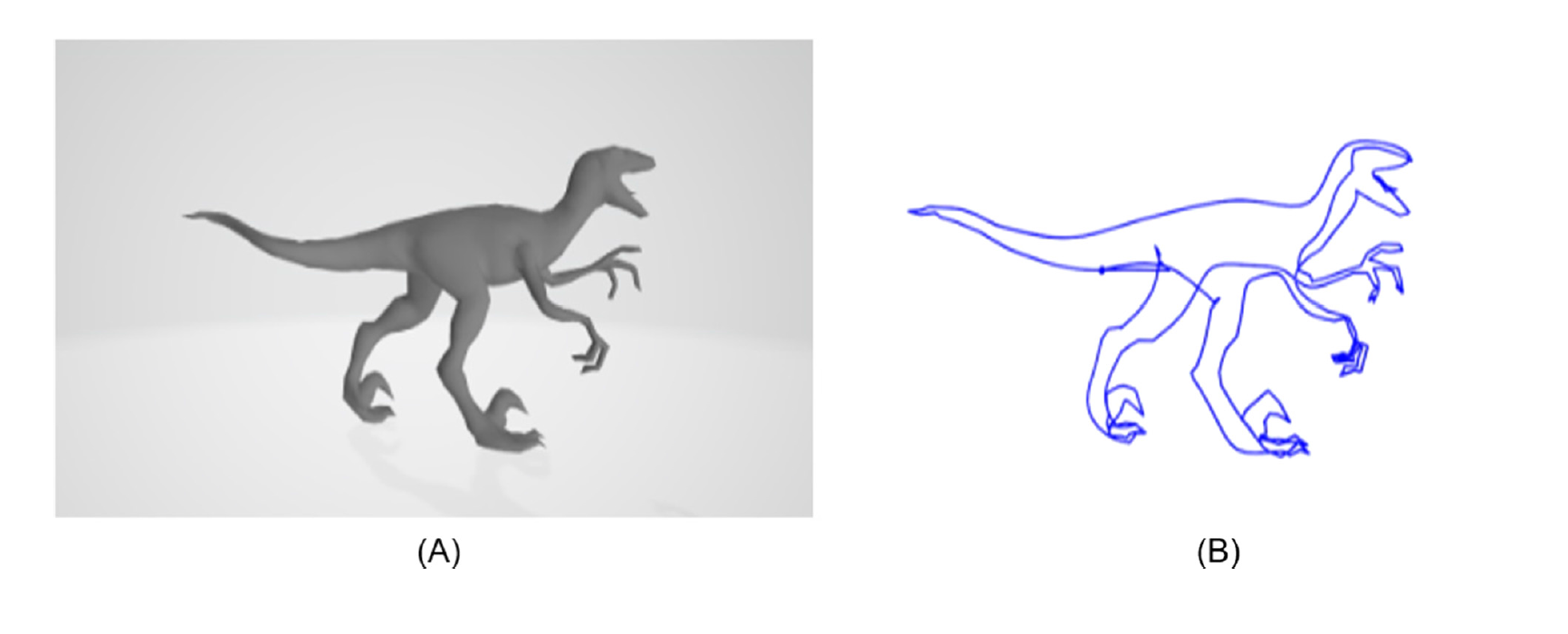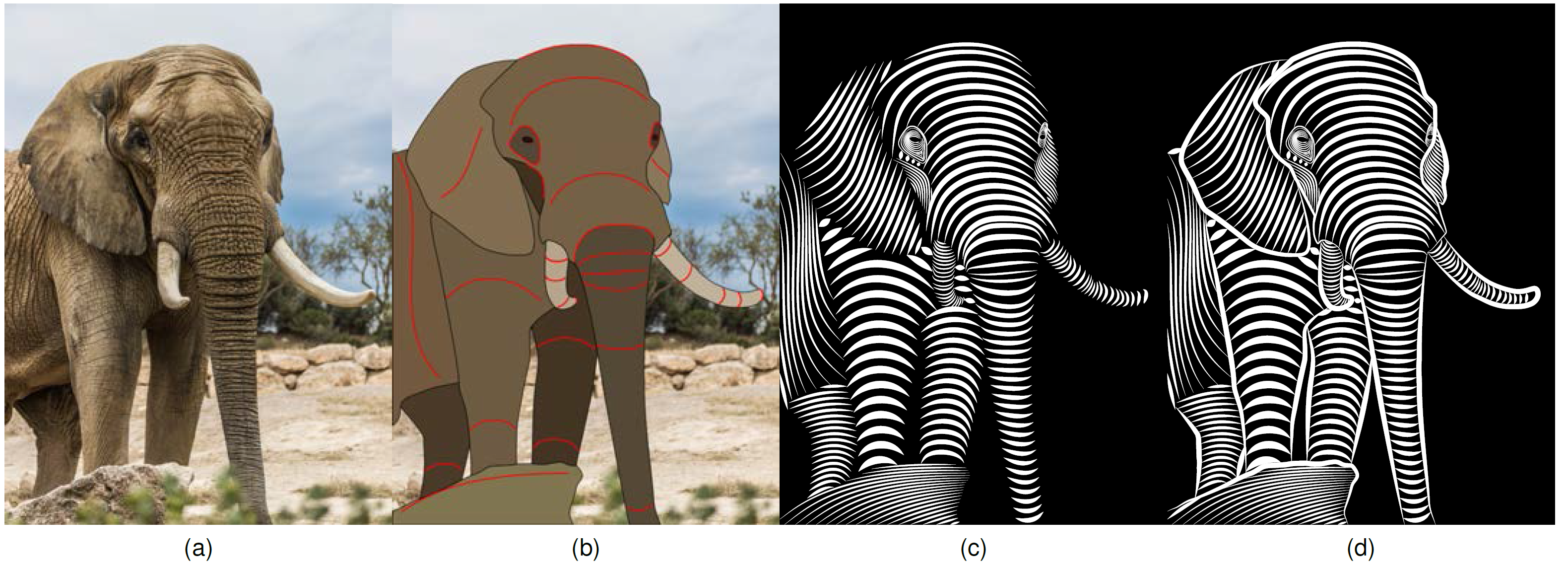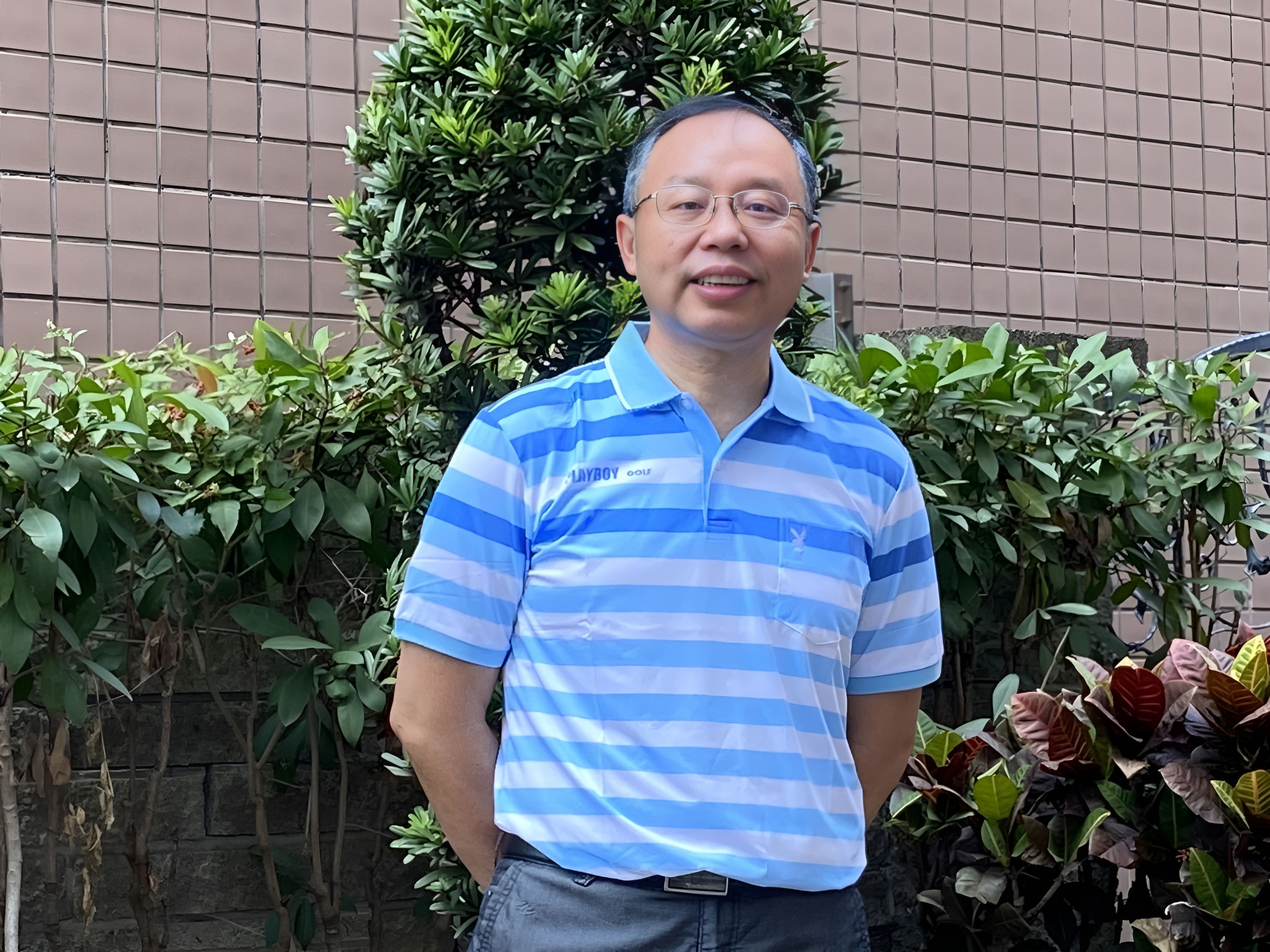Research at CGVSL

| Research at CGVSL | |||||||
| _________________________________________________________________________________________________________ | |||||||
|
Chair Prof. Tong-Yee Lee is leading the Computer Graphics Group/Visual System Lab. (CGVSL) at the Department of Computer Science and Information Engineering, National Cheng Kung University. His research topics includes various areas of computer graphics such as Modeling, Rendering, Animation, Visualization and Deep learning/AI. His research results have been published (including accepted) about 70 ACM/IEEE Transactions journal papers, including 10 ACM Transactions on Graphics (TOG), i.e., also Special Issue of ACM SIGGRAPH/SIGGRAH Asia papers, and 40 IEEE Transactions on Visualization and Computer Graphics (TVCG) papers. ACM TOG and IEEE TVCG are currently the two main TOP journals in the field of computer graphics.
Figure 1.Research team more:His academic research results are available at his lab. web site: http://graphics.csie.ncku.edu.tw/Tony/record_new.htm
|
|||||||
|
From a single still image, in this interesting recent research, the user can interactively enter vector lines to give subtle motion to objects in the image to generate looping animations. The result is a mix of smooth animation and static objects. They contain gentle movements in some objects, while the rest of the image remains unchanged. The prior art of this study has successfully animated such images. However, current research has some drawbacks, such as the huge computational time required to retrieve matching videos, or the challenge of controlling the required movement not only in terms of individual areas but also in terms of consistency of regions. In this research, we propose an interactive system with novel warping methods to solve these problems. The key to our approach is to take advantage of the user's annotations to pass motion to certain objects. Two stages are proposed in terms of preserving curve warping and cyclic warping, resulting in a looping video. We demonstrate the effectiveness of our approach through a variety of challenging experimental results and evaluations. We show that through a simple and lightweight approach, our system is able to handle the problem of animating still images and achieve realistic movements and engaging videos. In addition, our proposed system is easy to use to create reasonable animations with simple user annotations without reference to video databases or machine learning models and allows the average user with minimal expertise to explore compelling results. For detailed descriptions, please refer to: http://graphics.csie.ncku.edu.tw/AnimatingImages
Figure 2 .(a) User annotations are required in our system (green curve) to create attractive results, (b) annotations from a large number of users are required in commercial software Plotagraph (arrows) In another recent study (see Figure 4), we propose a method of producing 3D wire art from a three-dimensional model. When artists create 3D wire art, they will decide how the wire lines will go around according to the shape of the object. The method proposed by our research can directly generate three-dimensional wire art using a three-dimensional model of an object, which can guide the artist as a reference for the way the line is created. To achieve this goal, we first adopt a greedy approach to extract important edges of a given 3D model. These extracted important edges become the basis for the subsequent lines to roughly represent the shape of the input model. To obtain the minimum number of continuous wire lines to circumvent the shape of the object, we connected the line segments produced by the previous step so that the line segments could be connected sequentially to become a longer continuous line, for which we formulate a multi-traveling salesman problem to achieve this goal. Next, we want to produce lines that are as smooth as possible, so we develop another optimization method to make the resulting wire lines more natural and smooth. More details, see http://graphics.csie.ncku.edu.tw/3D_Wire/
Figure 3. (A) Input: three-dimensional dinosaur model (B) output: single wire dinosaur art Canadian illustrator Patrick illustration works in the form of 2D lines, parallel lines are stacked in each block, due to the different directionality of the lines, thickness changes, spacing distance is dense, so that a two-dimensional creation produces a 2.5D/3D three-dimensional sense of jumping out of the plane space, but this production process is cumbersome, even if there is a copy of the tool, the artist still needs to edit the curvature and position of the strip curve one by one to complete a work, the process is very time-consuming. Another our recent study (Figure 5) will start with the directional design of lines, supplemented by user parameters, providing interactive creative freedom, and efficient computer calculations, which can facilitate and interact with users to efficiently create works similar to Patrick’s unique works, and achieve the goal of drawing a single Canadian illustrator with 2.5D/3D effects. This study can be described at the following link: http://graphics.csie.ncku.edu.tw/TVCG_hyp_art_2020/Demo.mp4
Figure 5. The pipeline of our design of hypnotic line art. (a) An input image serving as the reference. (b) Image segmentation followed by some strokes (in red) from the user. (c) Construction of a tensor field for each region, based on the strokes, in which streamlines are integrated, equidistantly placed, and then drawn as stylized curves. (d) Addition of stylized contour lines along the boundary of each region to emphasize the surface shape. Finally, I enjoy doing computer graphics related research and lead my research team to explore challenging research and make high-quality contributions to computer graphics research and technological innovation development. I am also actively involved with international research collaboration and hoping to achieve the first-class level of computer graphics research in the world. |
|||||||
| _______________________________________________________________________________________________ | |||||||
|
|||||||
subscribe E-news
Vol.34 NO.2(2022.4)-2 Author information
|
Author
Department of Computer Science and Information Engineering NCKU chair professor Tong-Yee Lee |
|
|
|
Key words CGVSL |
|
Research areas Prospective science & technology research |
|
Download |











